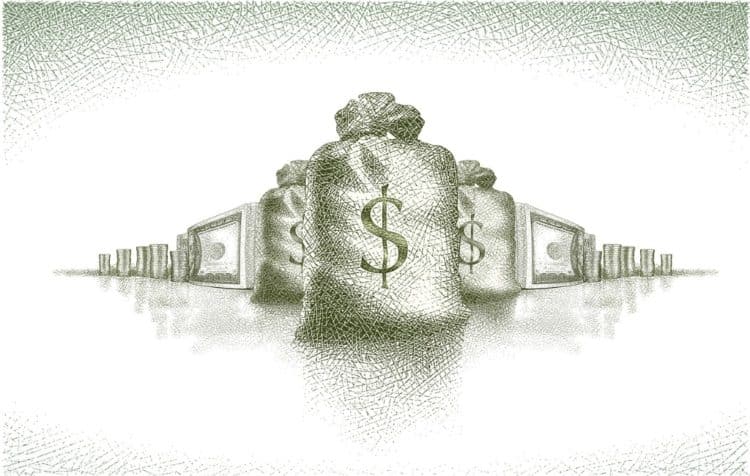When it comes to strategic M&A deal value, 2022 could be on track to reach US$4.7 trillion by year-end despite a cooling pace of dealmaking in the first half of the year, said Bain & Company recently.
While this would represent a 20% decline from 2021’s record-breaking $5.9 trillion, it would still make 2022 the second-best year for dealmaking on record, the firm noted.
The company said its estimates for a strong market are due in part to the rebound in deal activity in recent months, with market leaders using this time of turbulence to improve competitive positions.
In the first quarter of 2022, M&A deal value totalled only $599 billion, a steep drop from fourth-quarter 2021’s $970 billion, Bain said.
However, the second quarter of 2022 brought with it a healthy recovery, with deal value totalling $702 billion in April and May.
“The keyword for dealmakers this year has been turbulence, as inflation has soared, interest rates have continued to rise, and the cost of capital has increased, not to mention mounting supply chain issues and geopolitical tensions,” said David Harding, an advisory partner at Bain & Company.
Such an environment makes it easy to overlook the fundamentals that still exist for robust M&A opportunities, he pointed out.
“Capital is generally available for deals, most businesses have strong cashflow and balance sheets, and private equity pockets remain deep, Harding said. “We’re seeing market leaders continue to do M&A to add much-needed capabilities amid these turbulent times.”
Unprecedented volatility
A sign of this year’s unprecedented volatility — oscillating valuations, Bain observed.
The year 2021 saw record deal valuations, with median enterprise value/EBITDA multiples at 15.4 times, the firm said.
Looking deeper at 2022, valuations stumbled in the first quarter, down to just 11 times, only to rebound in the second quarter to 16.7 times, the firm added.
“In the face of such turmoil, it’s easy for dealmakers to get conservative, but that would be a mistake,” said Andrei Vorobyov, a partner at Bain & Company.
“Our research shows that the greatest competitive market shifts take place during times of turbulence,” Vorobyov noted. “Companies that invest throughout the economic cycle have the opportunity to help set the shape of their industries for years to come and realize far superior returns than those that participate sporadically.”
Bain said its study of nearly 3,900 companies revealed that recession winners average 14% in compounded annual EBIT growth in the 13 years following a downturn, compared with zero for recession losers.
As the winners adjust their corporate strategies for times of uncertainty, they continue to use M&A as one of the big levers to gain and strengthen their competitive advantage, Bain added.
Companies willing to act must start with revising their M&A playbooks and deploying scenario planning so that executives have a clear view of the full range of potential outcomes, the firm advised.




